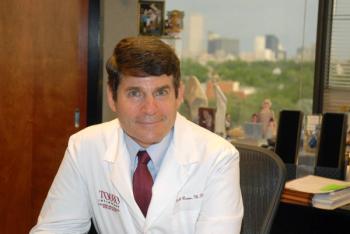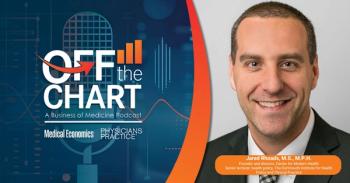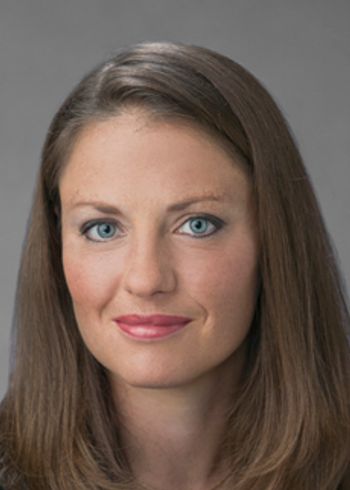
Magic, David Copperfield and medicine
Neil Baum, M.D., shares how his passion for magic became a tool for healing, empowerment, and connection with patients.
My hobby is magic, and I enjoy sharing it with my patients and colleagues. Every year, I perform a magic show for patients on the rehabilitation unit of our hospital. I became interested in performing for "special" patients after watching my hero, David Copperfield, do a special show for patients and demonstrating to physical therapists how to teach physically challenged patients to perform magic tricks. I was never so impressed with the ability of magic tricks to enhance a patient's self-esteem and confidence as I was when David Copperfield didn't levitate a woman, saw her in half or float through the audience with her but was able to teach a stroke patient with hemiplegia to make a rubber band jump from their index and middle fingers to the ring and little finger.
As a result of my experience with David Copperfield, I began to regularly meet with stroke, head injury, and paraplegic patients, teaching them and the physical therapists how to do magic tricks. It was a gratifying experience, especially to see the expressions on the faces of the patients when the simplest of effects surprised them and made rehabilitation more enjoyable than work. Now they had knowledge of an effect that they could perform for their family and friends, astounding them with minor miracles.
After doing several "gigs" for the hospital's rehabilitation unit, I met a young quadriplegic who was only able to use his right arm and hand. He was very excited about magic and was eager to learn more than the simple effects that could be achieved using rubber bands, string, and safety pins. He became a very enthusiastic student who asked for books and tapes on magic. I was able to identify tricks that he could do with one hand, which required more skill in presentation than in fine motor movement. I had several tapes of David Copperfield specials, and he asked to borrow them, watching them dozens of times. He played the tapes repeatedly, even rewinding them and playing them in slow motion, trying to learn how the magic effect was accomplished.
Several months later, David Copperfield came to our community, and I was able to arrange for him to attend the show. Not only did he have an interest in magic, but he also developed a passion for the hobby.
Since I knew that David Copperfield had a soft spot for young magicians, especially those with disabilities, I contacted him through his agent. I asked him to send an autographed photo to the patient. It wasn't but a few weeks later that I received a response, an 8 x 10 glossy, addressed to the patient. I called the patient and asked him to drop by the office as I had a special gift for him from David Copperfield.
I am not able to describe in words the reaction on the patient's face when I gave him the framed photo with an autograph from David Copperfield. It was truly a magical moment that will stand out as one of the highlights of my medical career. I know that many of us have connections to those in the entertainment and sports world, and we can utilize these connections to the benefit of our patients. I hope many of the readers will try to duplicate the David Copperfield trick with their patients and especially those who are physically challenged. I can assure you that there's real magic in it!
Connecting with patients
In a recent video explainer on Physicians Practice, Baum explains how a simple gesture can also help to connect with patients. Check it out below:
Neil Baum, M.D., is a physician in New Orleans and the author of Business Basics for Creating and Managing a Healthcare Practice (Springer 2022)
Newsletter
Optimize your practice with the Physicians Practice newsletter, offering management pearls, leadership tips, and business strategies tailored for practice administrators and physicians of any specialty.











